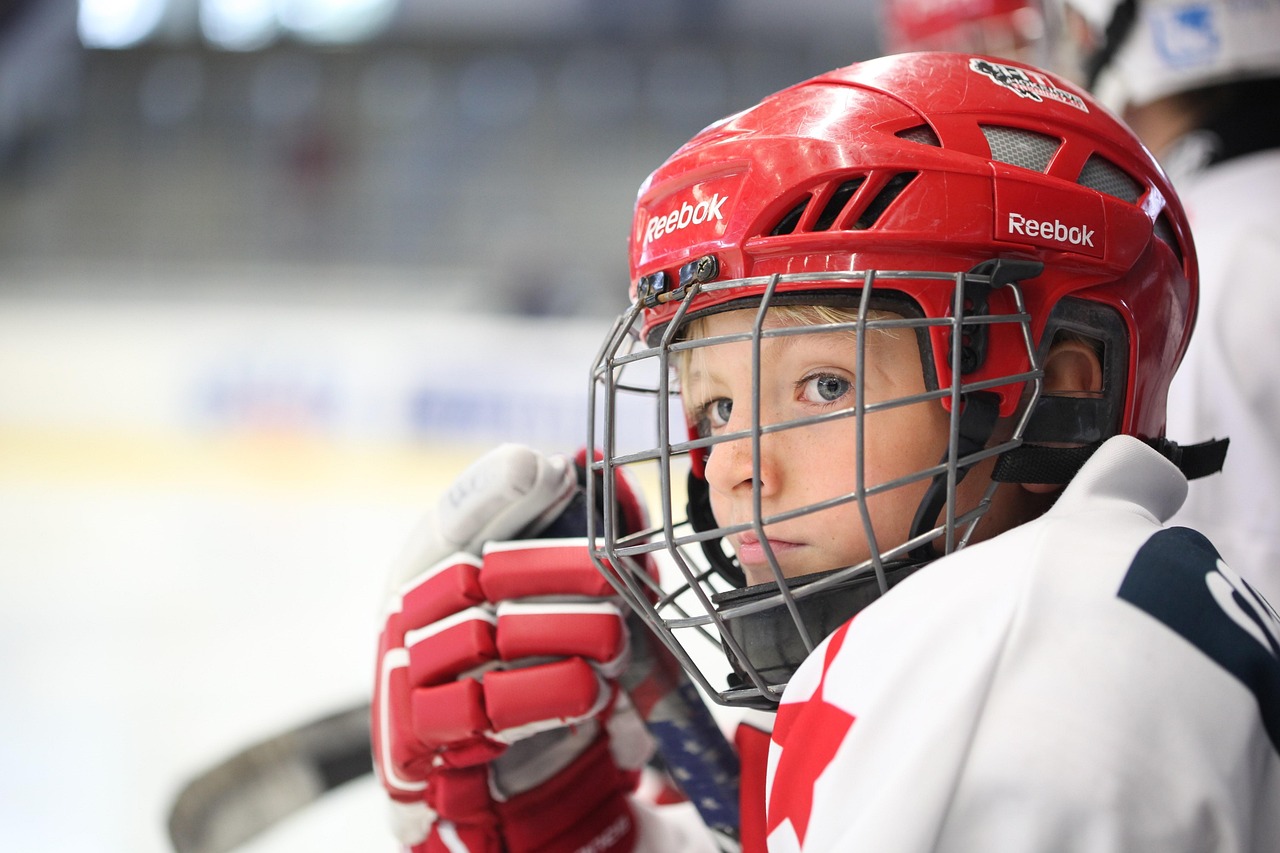How to Best Use Camps and Clinics for Winter Sports in the Fall

As the leaves begin to change and the temperatures drop, fall becomes the perfect time to start preparing for winter sports. Whether your athletes are into hockey, skiing, snowboarding, figure skating, or basketball, fall camps and clinics offer a strategic advantage to build skills, boost conditioning, and gain a mental edge before the winter season begins. Here’s how to make the most of them.
1. Use Fall to Build the Foundation
Fall camps and clinics serve as a ramp-up to the competitive winter season. Athletes should use this time to:
-
Re-establish fundamentals: Skating technique, ball handling, shot mechanics, and basic drills should be sharpened before adding complexity.
-
Improve physical readiness: Off-season gains in strength, speed, and endurance should transition into sport-specific conditioning.
-
Prevent injuries: Many fall programs emphasize mobility, balance, and recovery strategies that reduce the risk of early-season injuries.
By prioritizing form and function in the fall, athletes are more likely to perform at a higher level come winter.
2. Choose the Right Camp or Clinic
Not all camps and clinics are created equal. Look for ones that:
-
Align with the athlete’s level: Advanced players need more than generic drills; beginners need confidence and repetition.
-
Are led by experienced coaches: Seek out programs run by high school coaches, collegiate staff, or former athletes with a proven track record.
-
Have a progression plan: The best fall programs are designed to build over several sessions and lead smoothly into in-season play.
Don’t hesitate to ask questions before signing up—fall programming should fit into a broader development plan, not just offer a workout.
3. Focus on Skill Expansion, Not Just Repetition
Fall is the ideal time to experiment with new techniques or roles. For example:
-
A hockey player can work on switching positions or enhancing their off-hand shooting.
-
A skier might try a new race discipline or freestyle technique.
-
A basketball player could work on adding a floater or improving court vision.
Since fall doesn’t usually come with the pressure of competition, athletes have more freedom to develop creatively and take risks.
4. Get Mentally Ready for Winter
Camps and clinics don’t just offer physical prep—they’re also key for mental readiness. Fall programming helps athletes:
-
Set goals for the upcoming season.
-
Reconnect with teammates or meet new ones.
-
Build confidence through instruction and early success.
The best camps also incorporate leadership training and mindset work—skills that translate directly to in-season performance.
5. Use Camps to Bridge Gaps in Coaching
Fall camps can supplement what athletes might not get in their school or club programs. For example:
-
A figure skater might get more individualized coaching on jump technique.
-
A youth hockey player might gain advanced stickhandling instruction not covered in team practice.
-
A skier might learn dryland training techniques to carry into winter.
Coaches can also use camps to scout potential athletes or introduce systems and terminology early before the first official practice.
6. Stay Sport-Specific, But Don’t Forget Cross-Training
While it’s important to focus on winter sports skills, fall is still a great time to:
-
Try different sports or activities that complement the main sport.
-
Develop all-around athleticism, which reduces burnout and improves long-term development.
Athletes who only play one sport can still benefit from agility drills, plyometric work, yoga, or other dynamic training incorporated into fall camps.
Final Thought: The Smart Start to the Season
A productive fall sets the tone for a successful winter. Camps and clinics offer structure, accountability, and expert guidance that can’t be replicated with solo training. Whether your athlete is trying to make a team, dominate a league, or just enjoy the sport more, a focused fall training plan is the best investment you can make.
So don’t wait for the snow to fall or the puck to drop—start building momentum now.